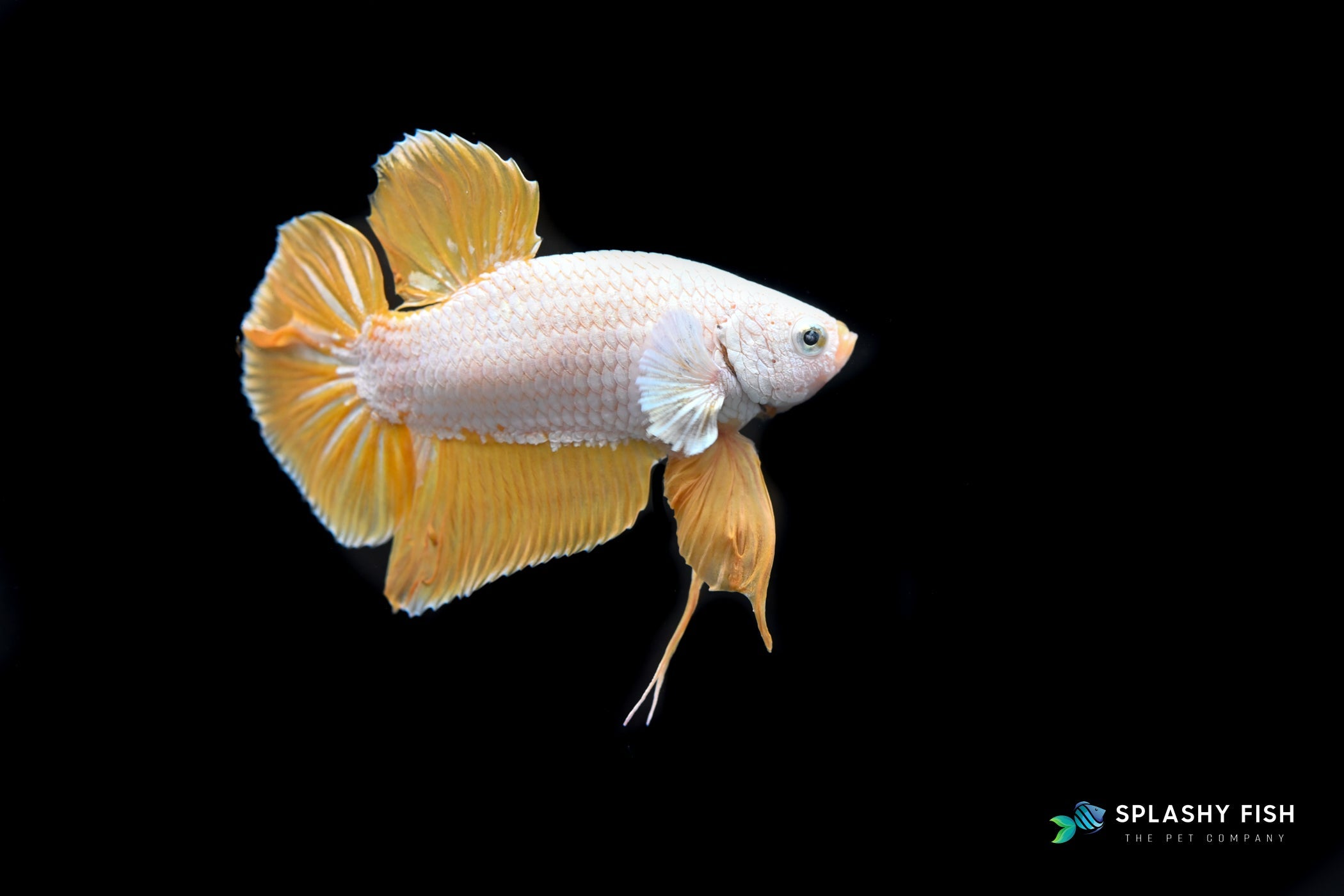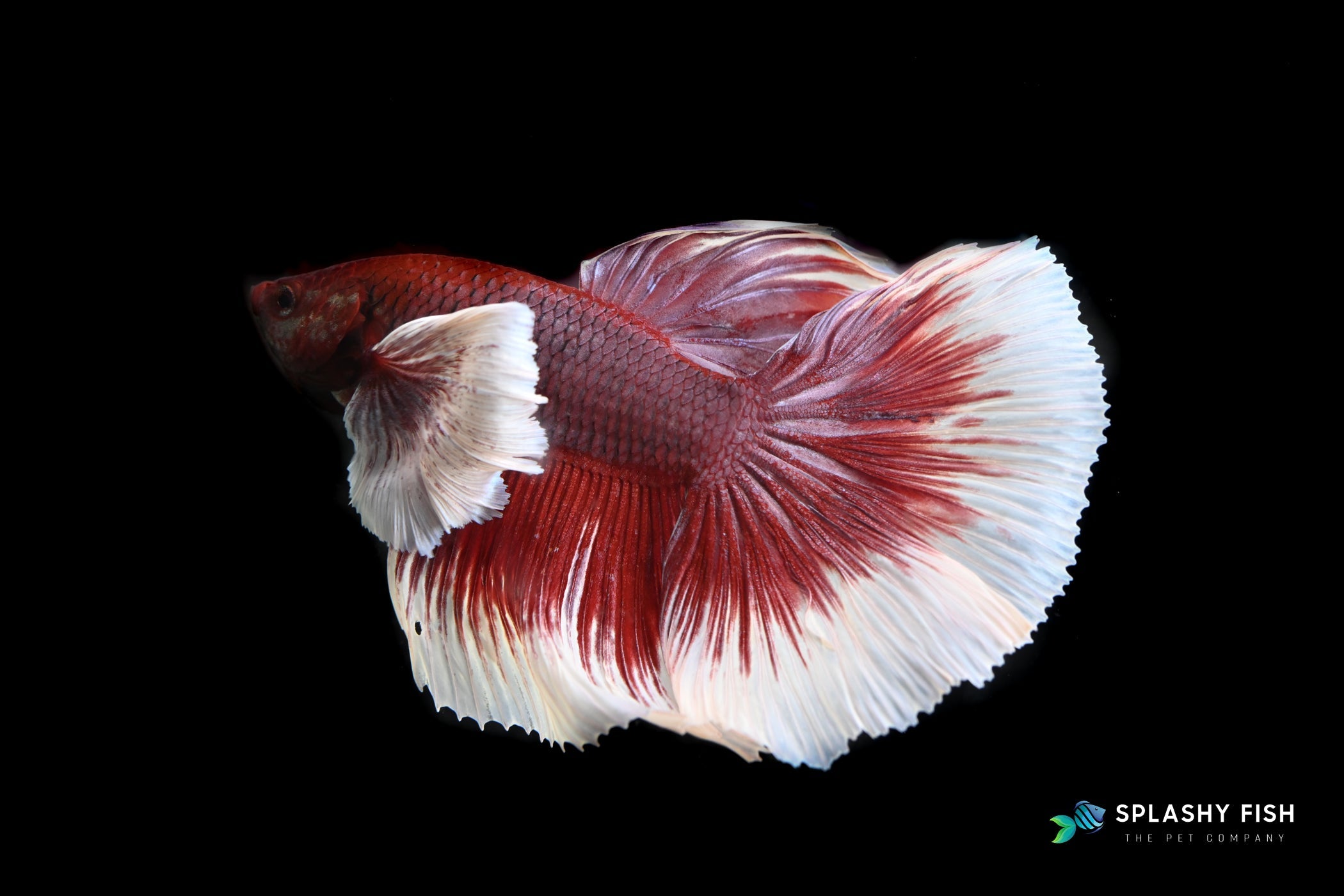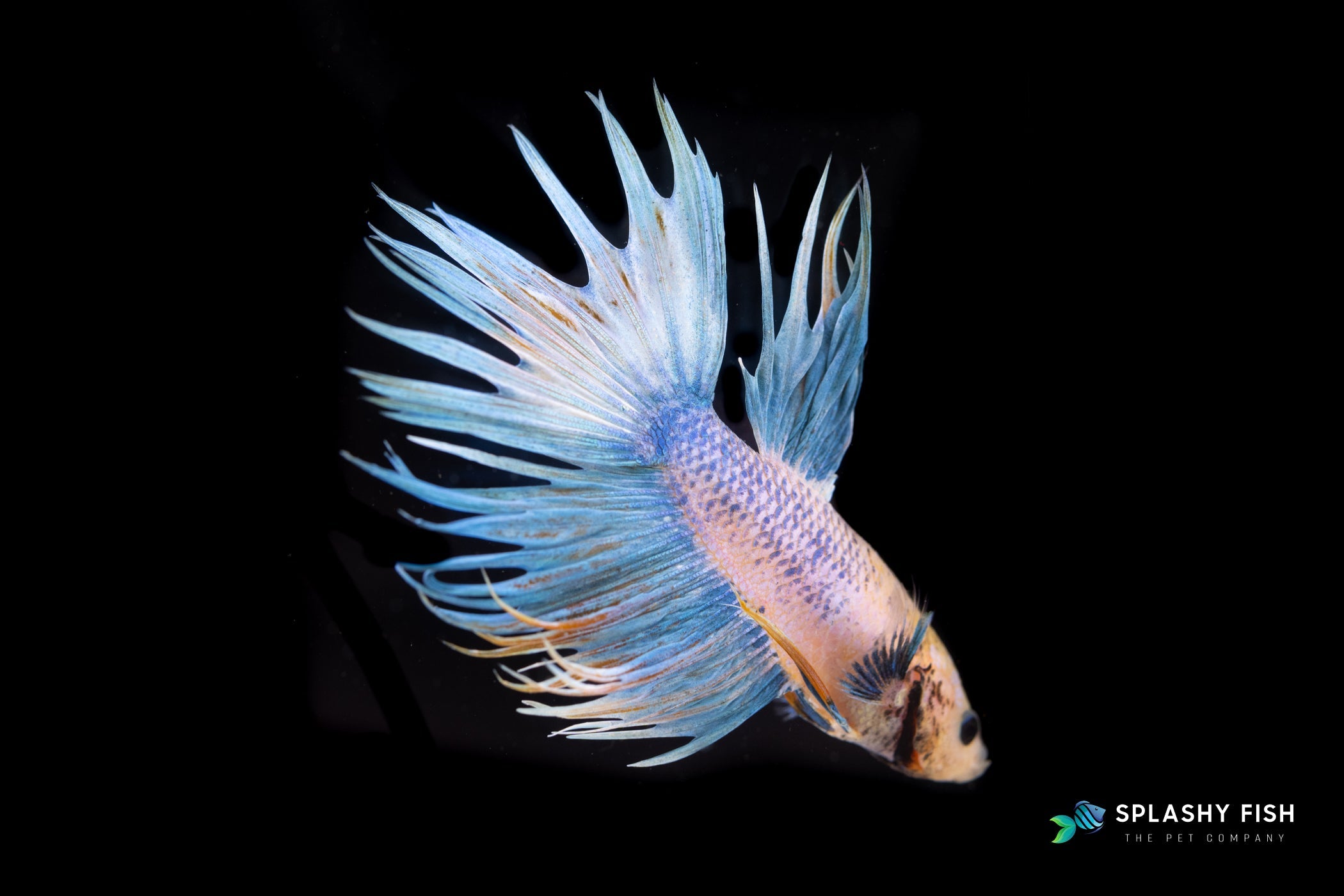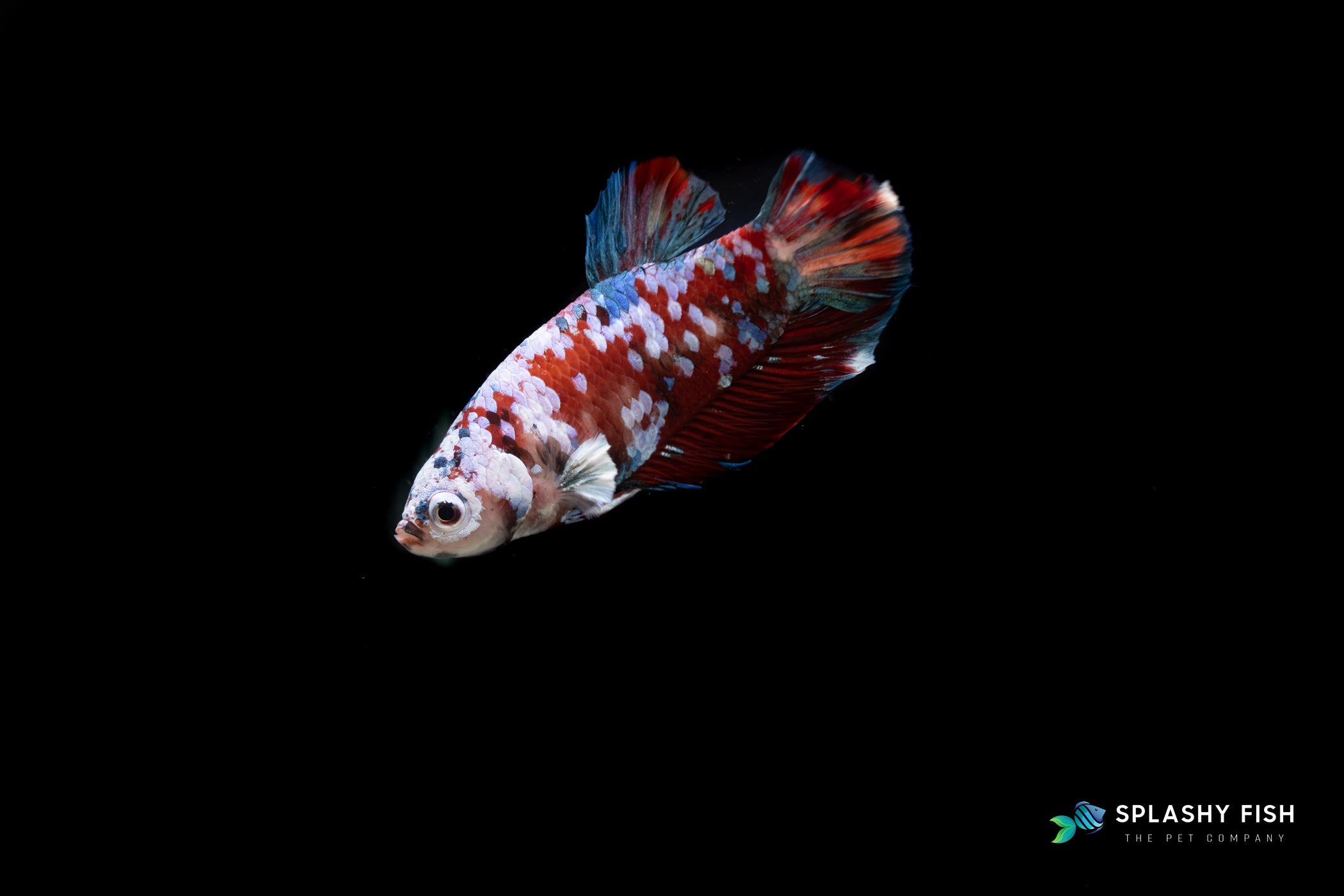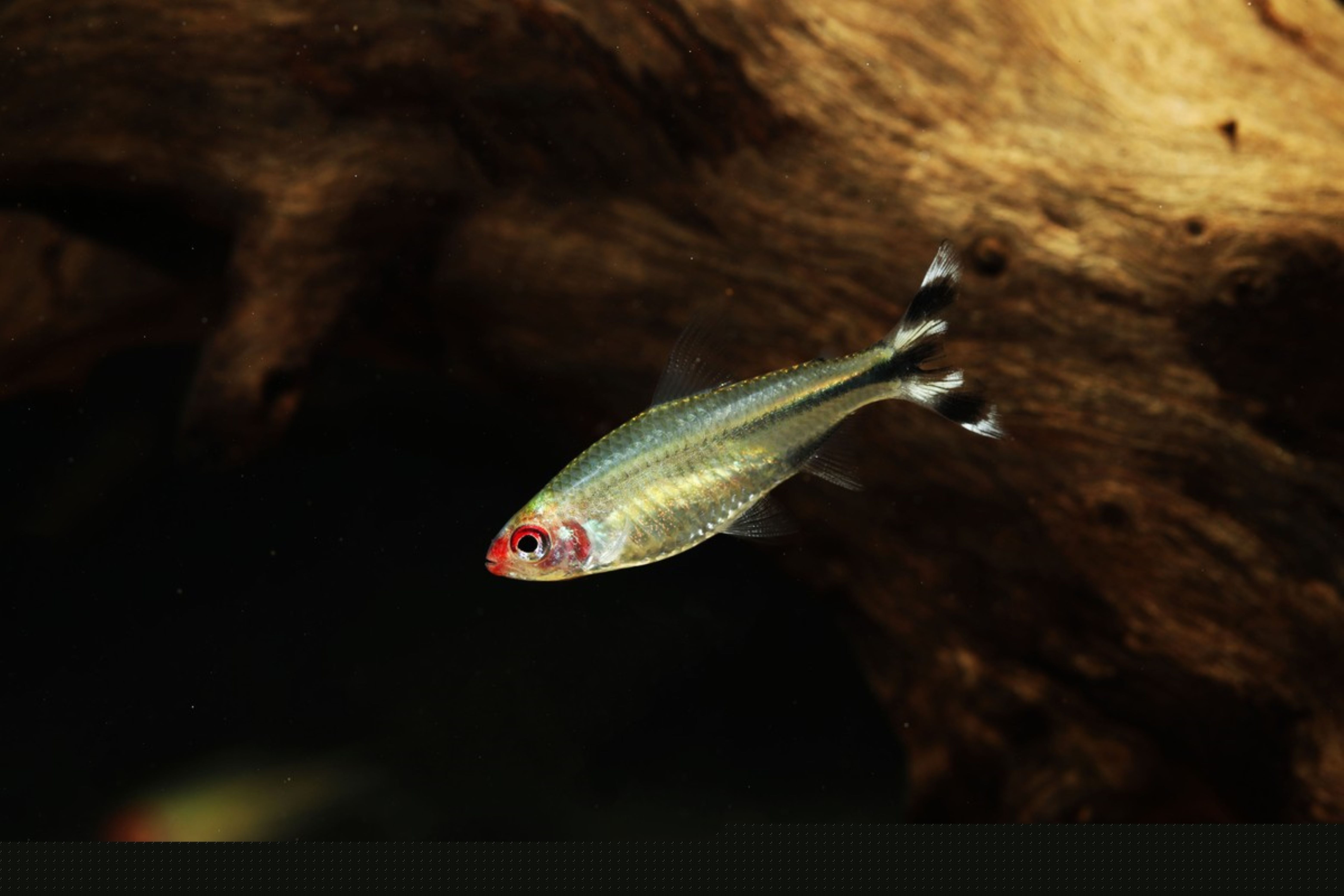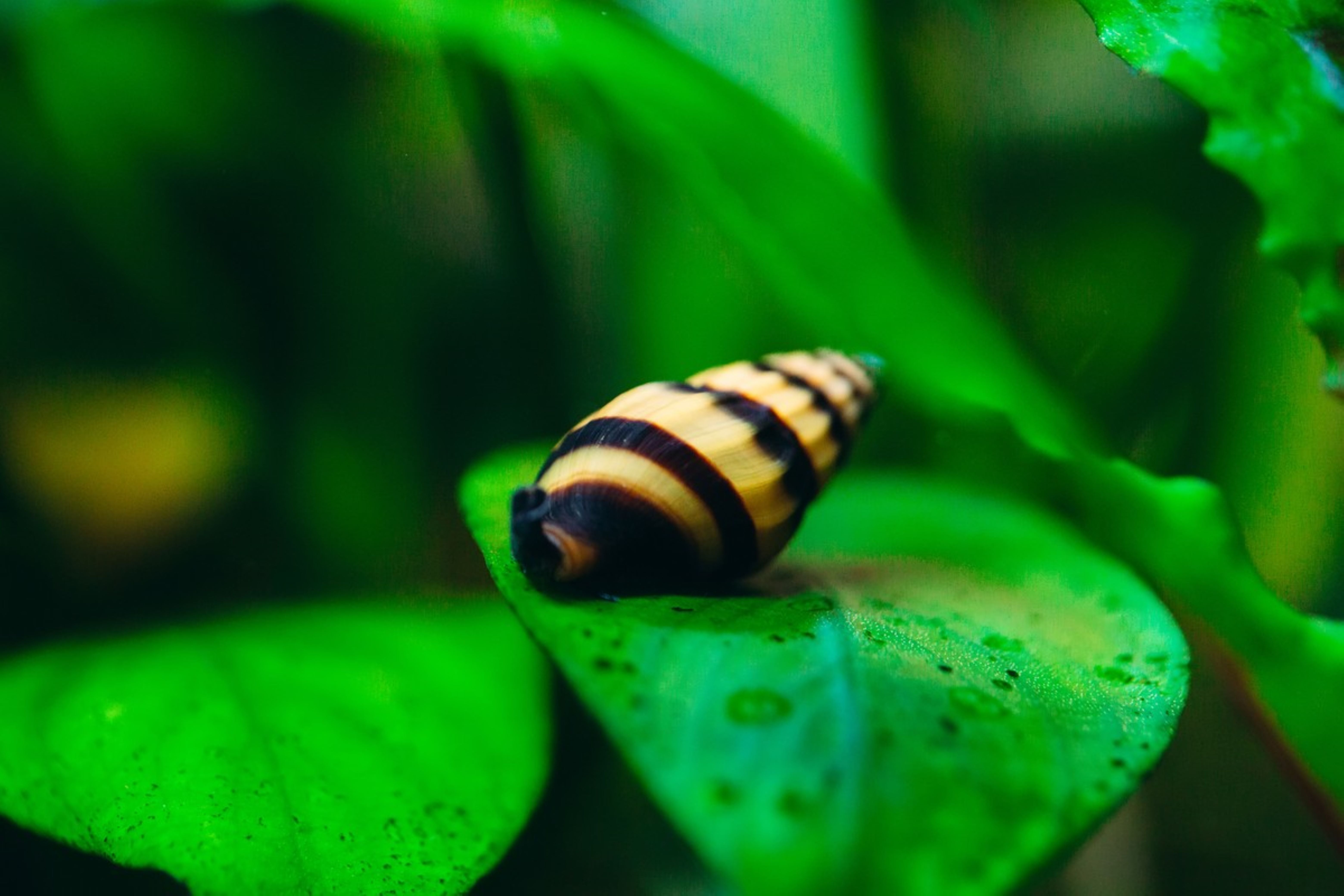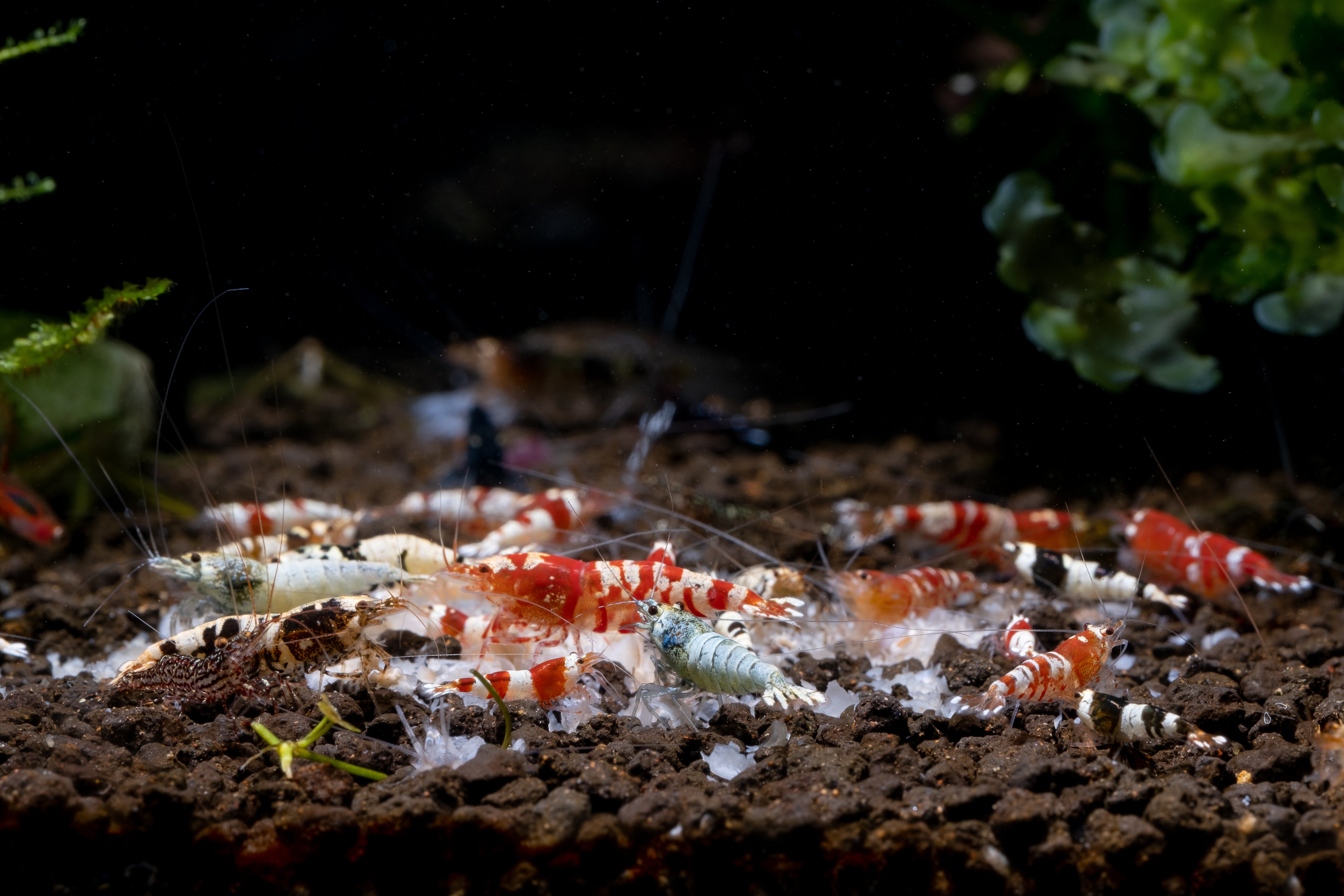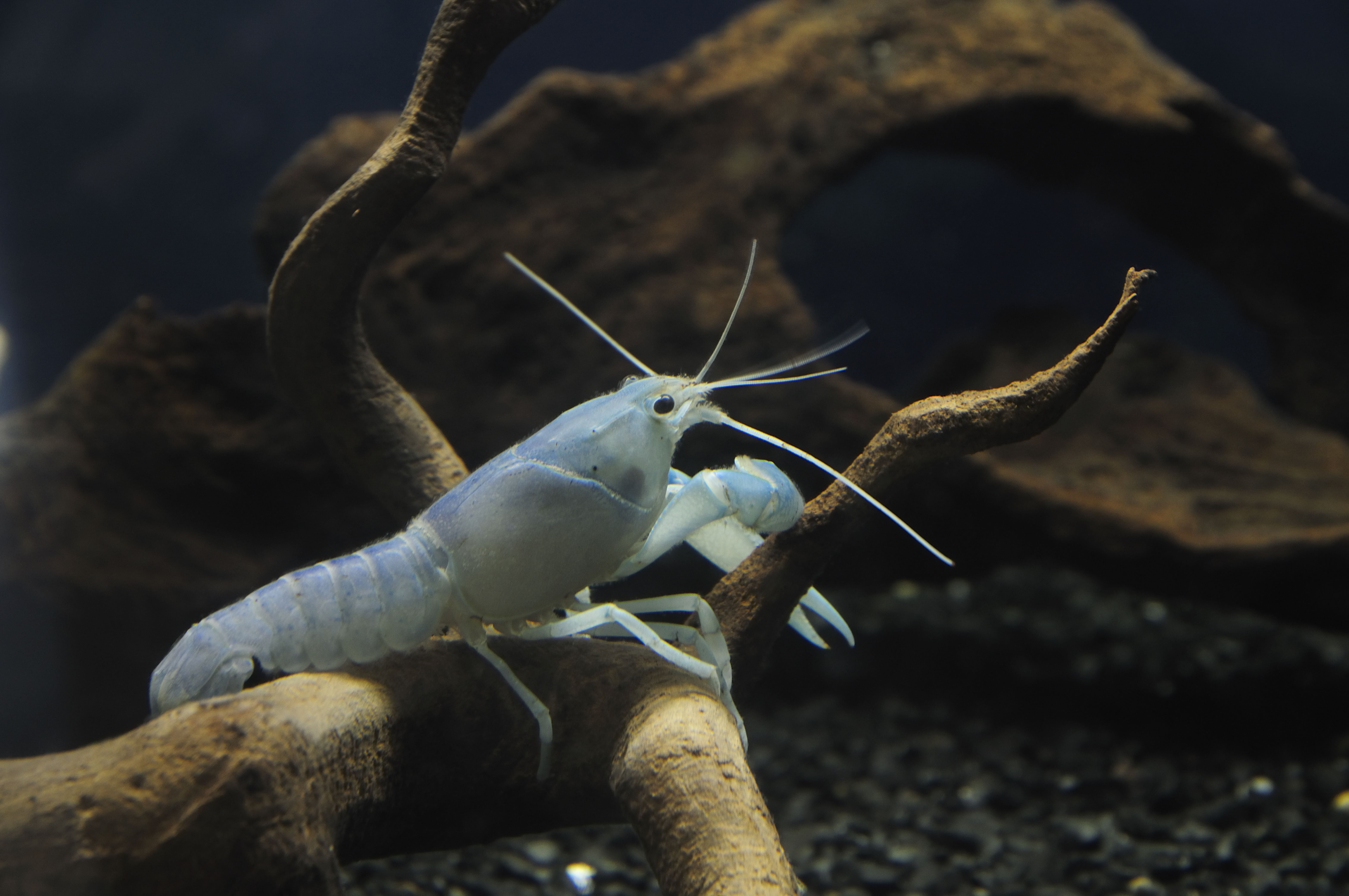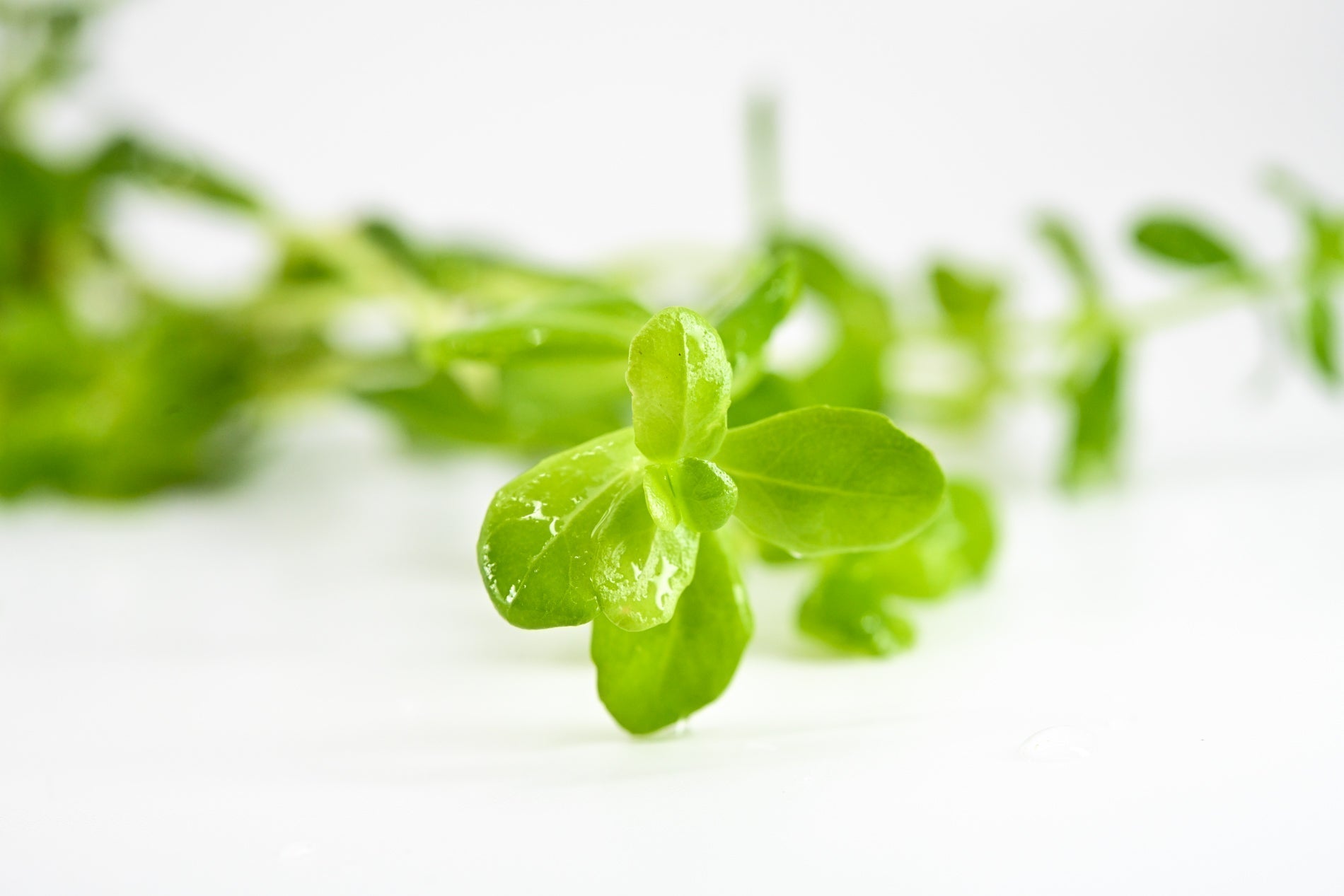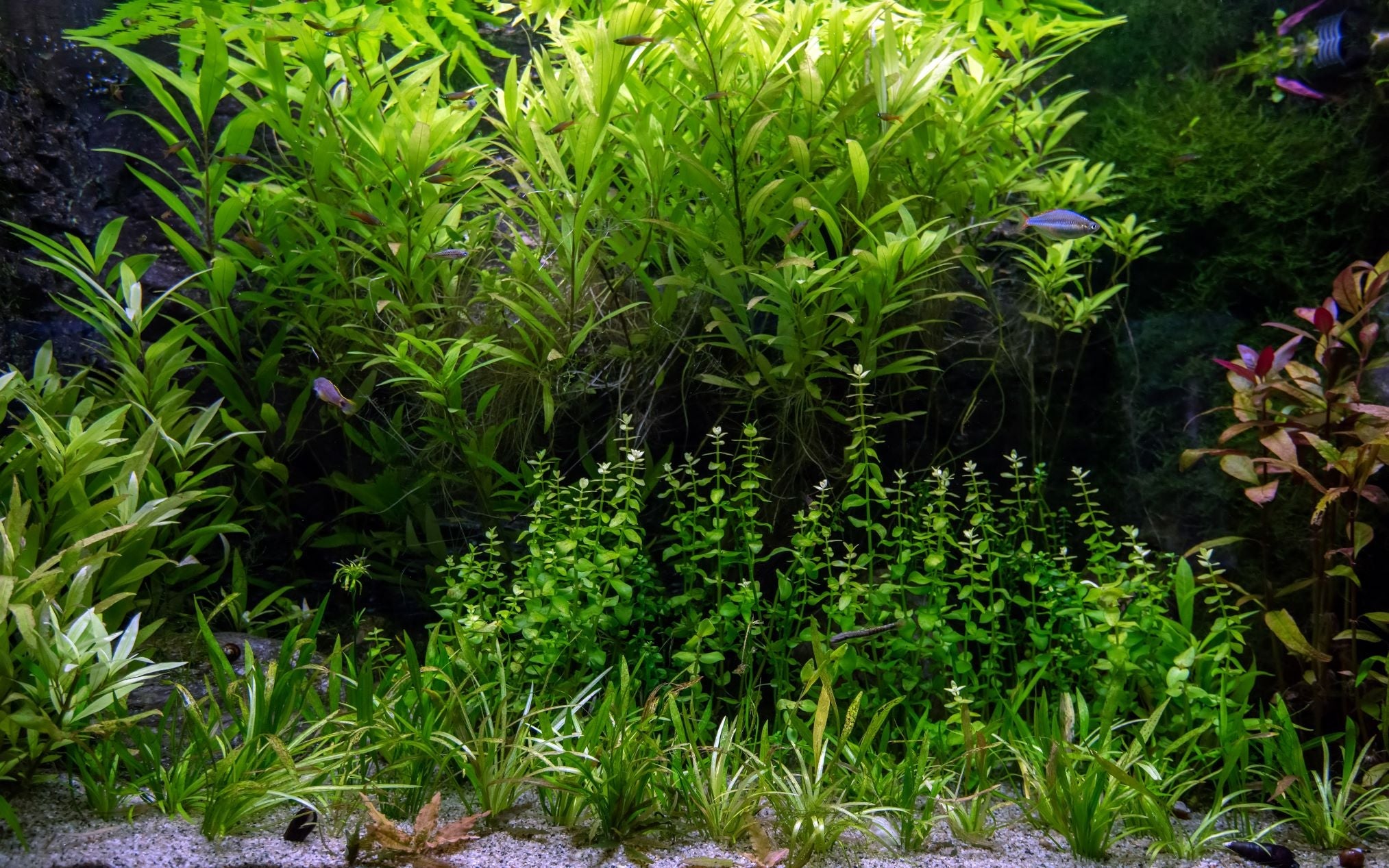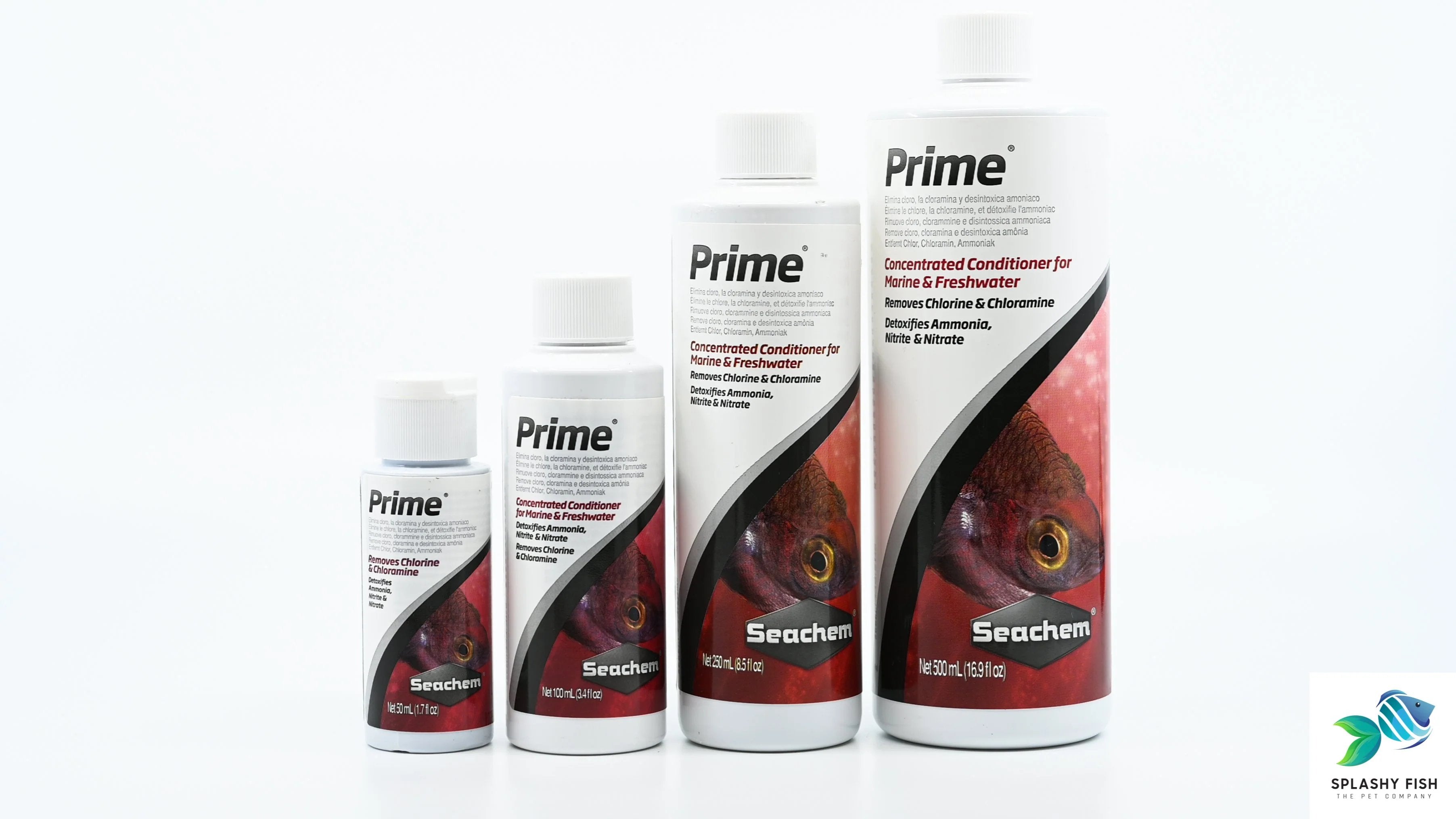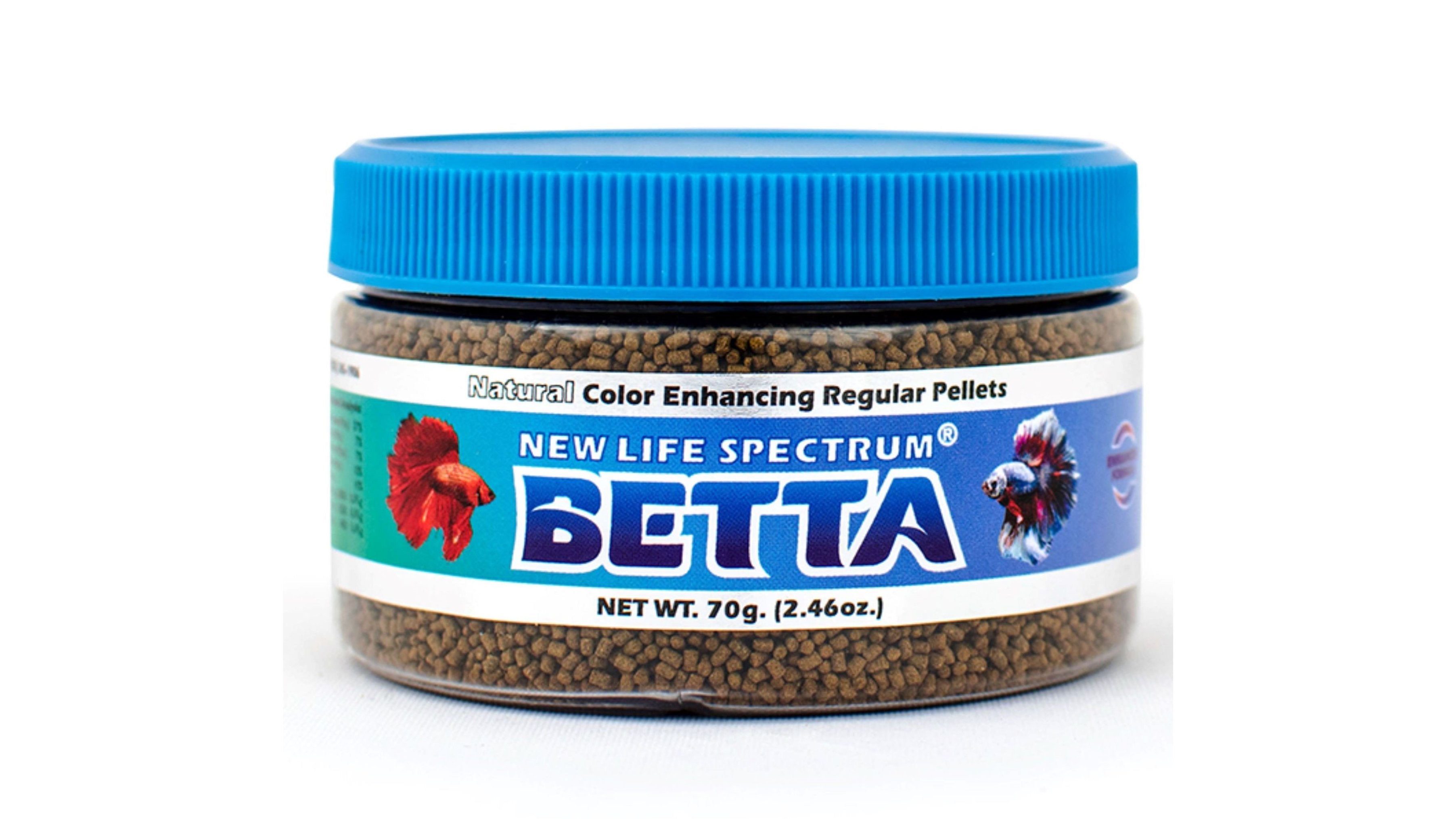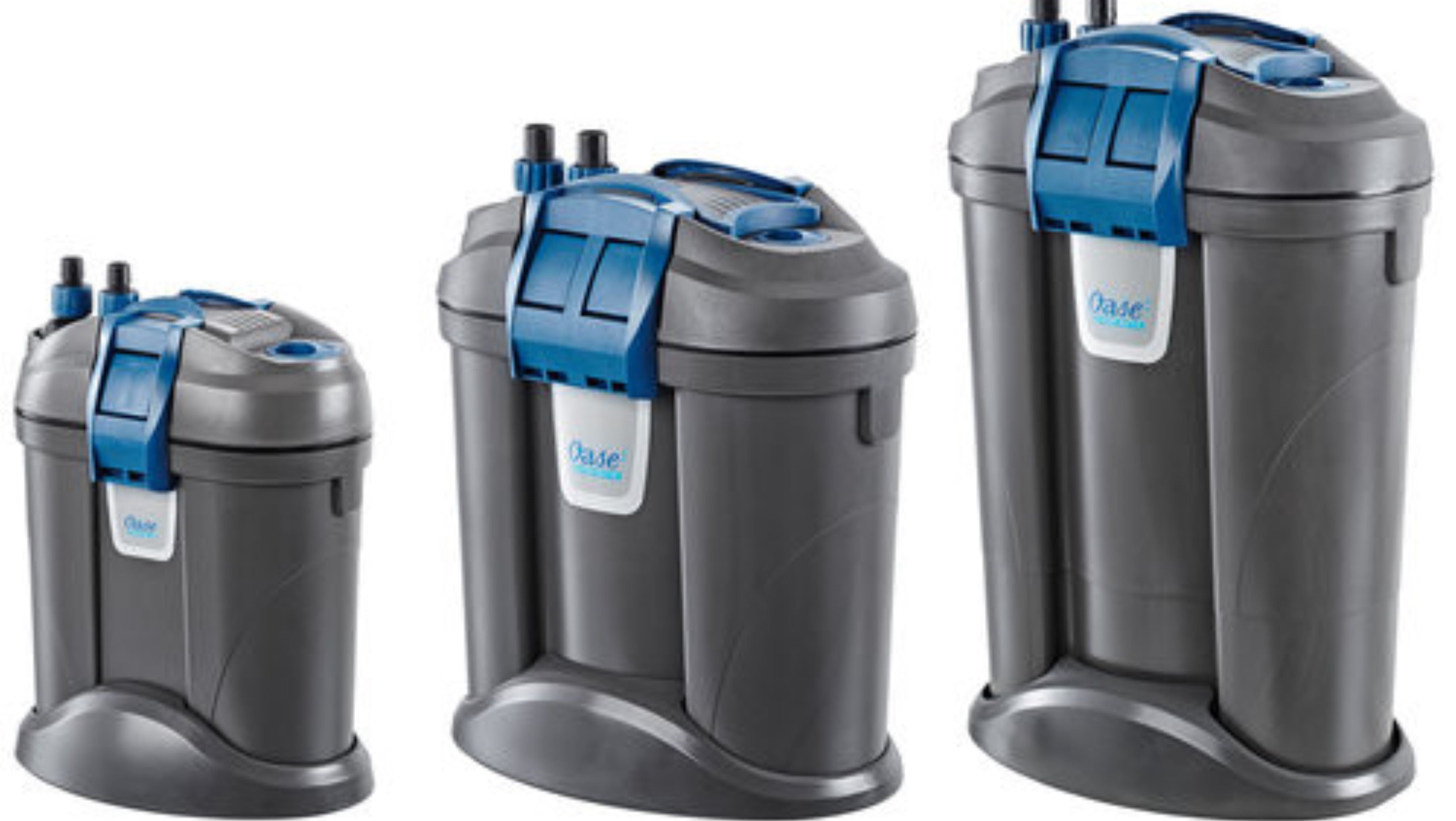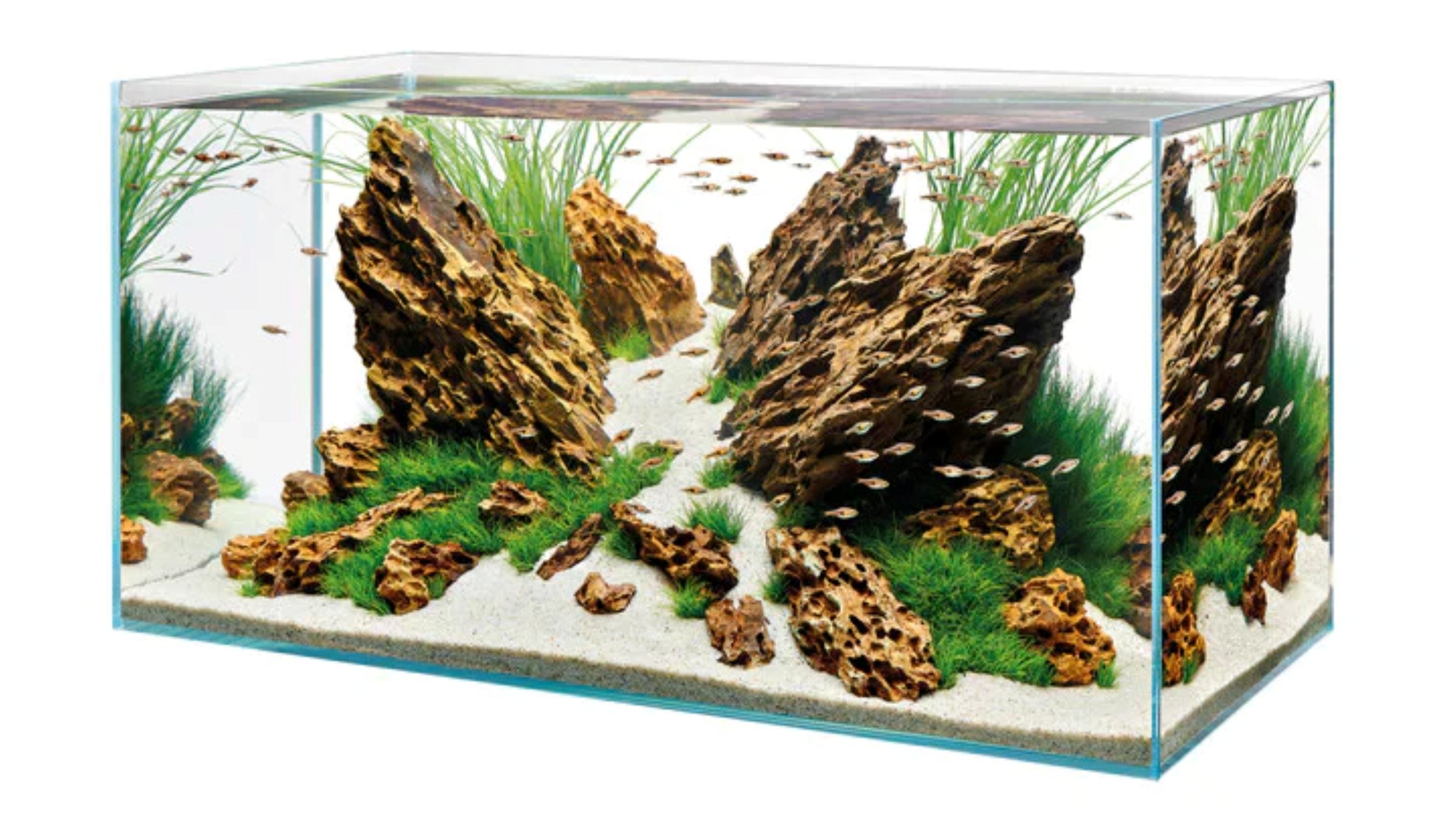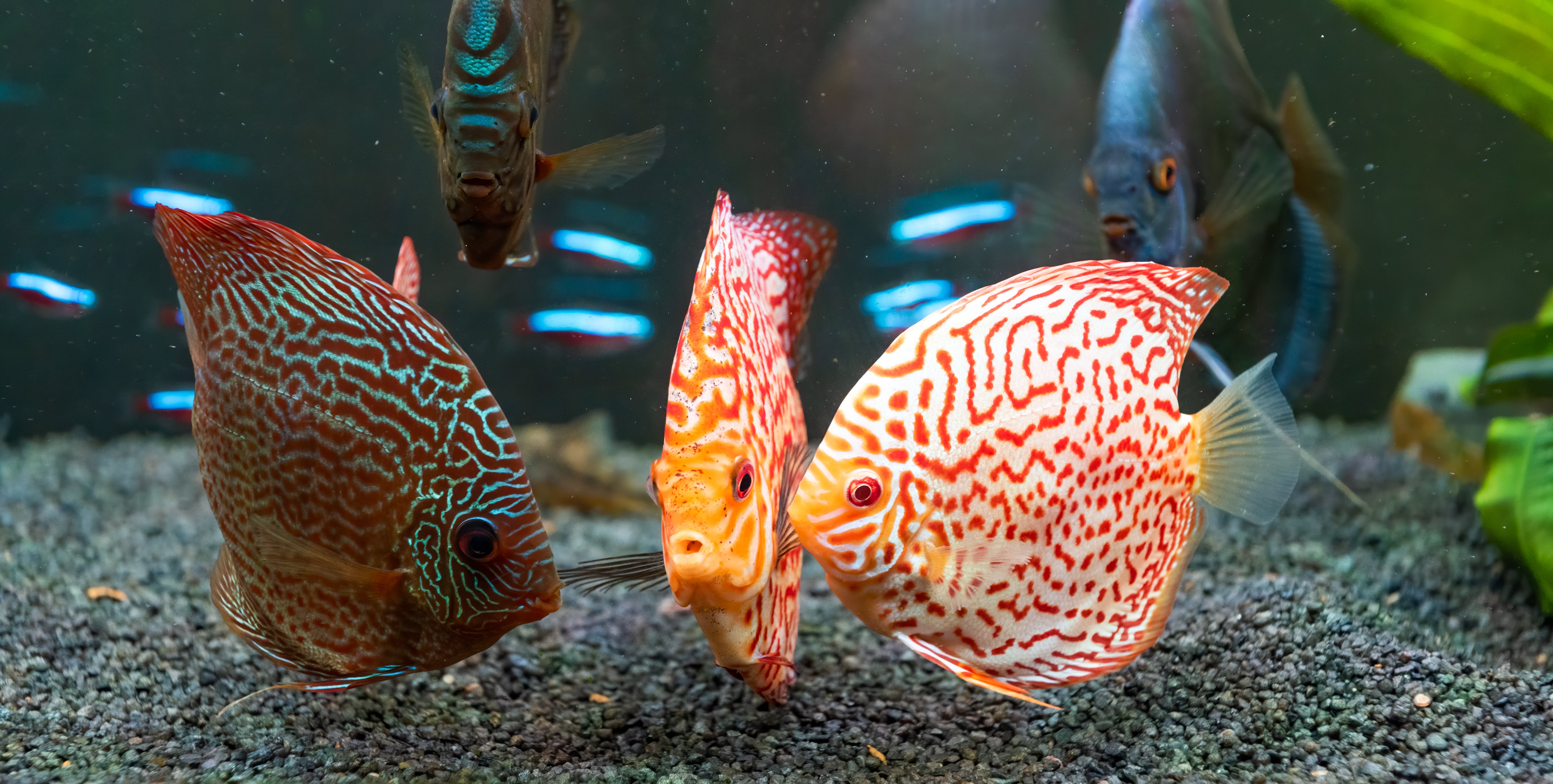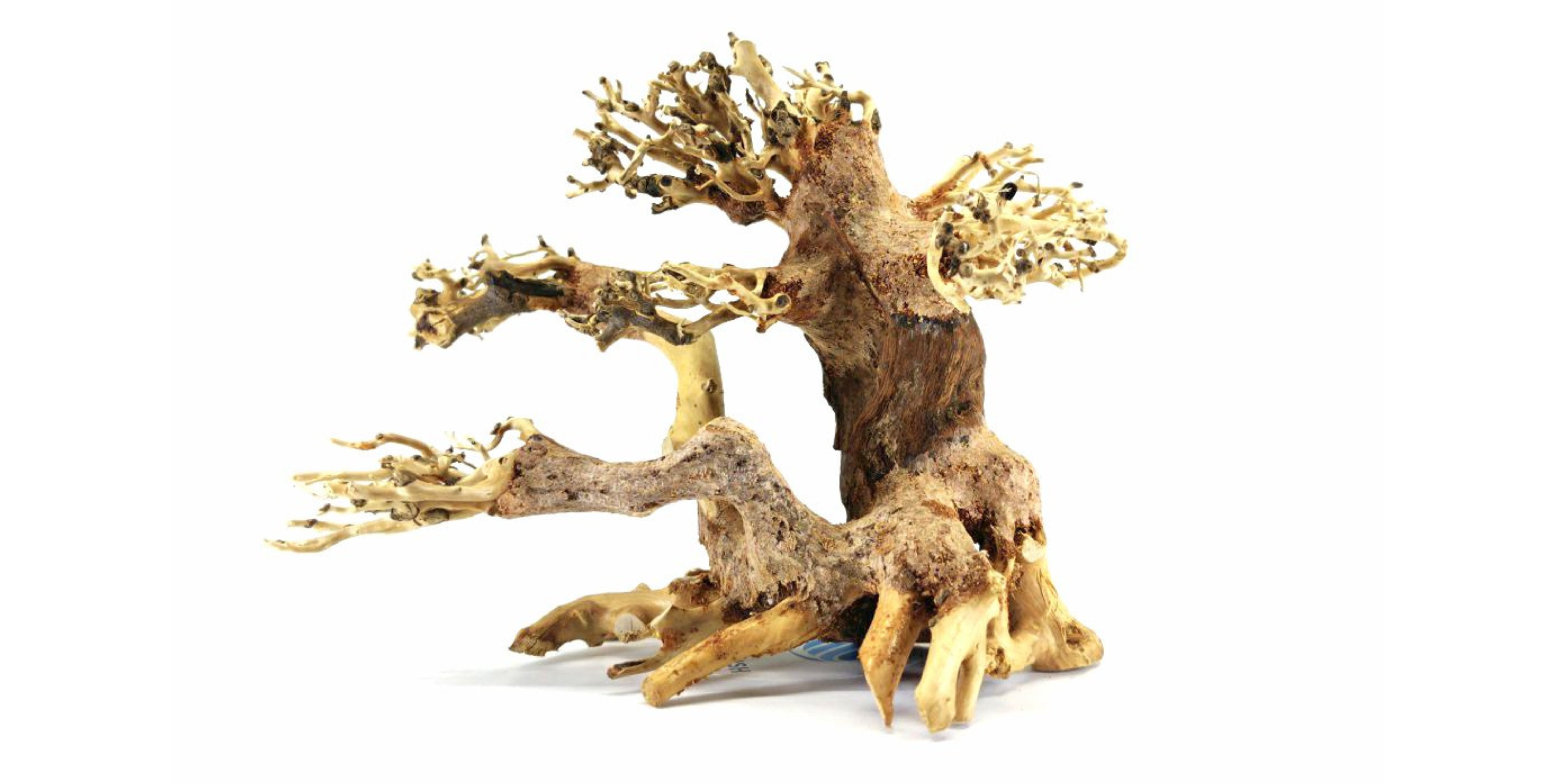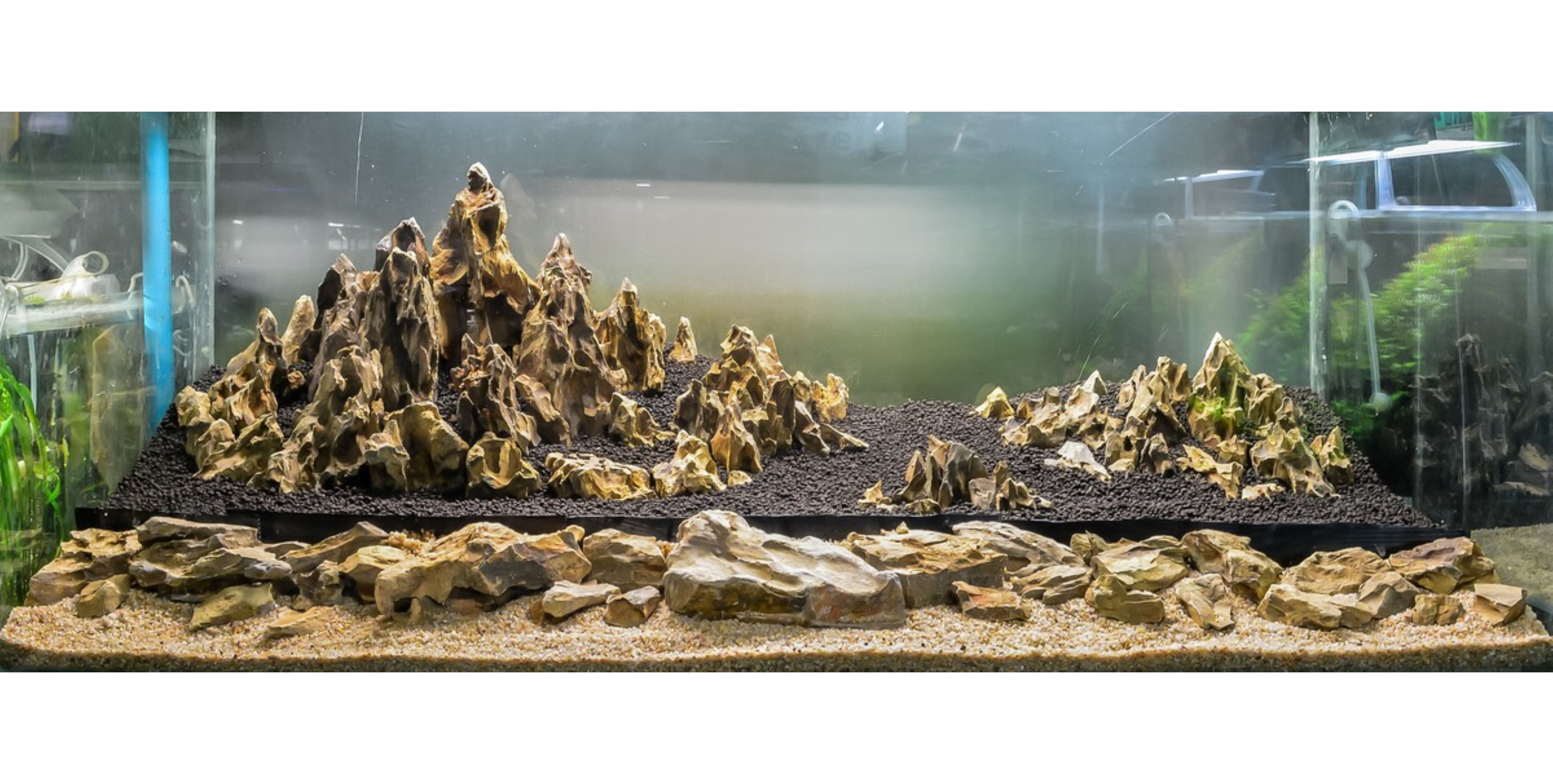Table of Contents
Neocaridina Shrimp is well-known for its vibrant appearance with a wide variety of colors. It’s also the ideal choice for beginners who want to start their aquarium journey with these little lovely freshwater shrimps. If you’re falling in love with Neocaridina Shrimp and are eager to have your own aquarium shrimp tank, this article which is about setting up a tank for shrimp is for you!
What is the Right Tank Size for Beginners?
The first question when thinking about setting up a tank for shrimp is about choosing the right tank size. There are many different types of fish tanks in the market, so choosing the one that is appropriate for freshwater shrimp is very important. The tank size depends on the number of Neocaridina shrimp you want to keep. If you just want to try with a small of this freshwater shrimp for aquariums, we recommend using a 10-gallon tank. Upsize the shrimp tank size if you have a plan to have a larger shrimp colony. Rimless tank is also a good choice due to its minimalist design that can suit any home office decoration. You also can observe the shrimp better due to its low iron and good insulation.
What are Required Equipment for A Shrimp Tank?
After choosing the appropriate tank for shrimp, the next step is to prepare some aquarium supplies to ensure Neocaridina shrimp have the best condition to thrive. Check our recommended list of aquarium supplies that are required to have a better shrimp tank.
Filter
An aquarium filter tank, as its name, has a role of maintaining the cleanliness and healthy environment for the shrimp tank. By aerating the water, the filter helps to provide oxygen for the Neocaridina shrimp and remove harmful toxins from the water. Due to the tiny size of the freshwater shrimp, we recommend using a sponge filter to avoid the shrimp stuck into it. Their gentle filtration and biological benefits make them an excellent choice for a wide range of aquariums.
Air pumps
An aquarium air pump is also important in keeping the water clean and providing a healthy environment for the Neocaridina shrimp. There are many different types of air pumps available, so it is important to choose one that is appropriate for the size of your aquarium tank. For a 10-gallon shrimp tank, a small air pump with a flow rate of 1-2 liters per minute, such as Oase Oxymax Airpumps will be sufficient. To use an air pump in a shrimp tank, simply connect it to an air stone or sponge filter and place it in the tank. The air stone or sponge filter will diffuse the air into the water, creating bubbles and water movement so the shrimp is able to swim freely and find the shrimp food.
Aquarium Lights
Aquarium lights provide illumination for the tank and its inhabitants. Although it is not compulsory to use aquarium lights for the shrimp tank, you may need light if your tank has aquarium plants. It can help the plants photosynthesize and ensure plants’ growth. Furthermore, aquarium lights can enhance the aesthetic of the tank and make your shrimp tank more attractive when coming to the house.
If you do decide to use aquarium lights, choose a type that is appropriate for the size of your tank and the needs of your aquatic plants and shrimp.
Aquarium Soil
Aquarium soil provides a natural environment for shrimp tanks, as it helps to buffer the water and create a stable pH level. Besides that, they also promote the growth of beneficial bacteria, which are essential for keeping the tank clean and healthy. When choosing aquarium soil for a shrimp tank, it is important to select a product that is specifically designed for shrimp. Some popular brand such as Oase, Ultum Nature Systems options include Oase Scaperline Soil and UNS Controsoil. These products are made from natural materials and are free of harmful chemicals. They also contain high cation exchange capacity (CEC), which helps to buffer the water and prevent pH swings.
Shrimp Salt
One of the most important and beneficial supplements for shrimp tanks is shrimp salt, also known as remineralize or GH booster. Shrimp keepers use it in soft water setups to replenish the essential minerals such as calcium, magnesium, potassium, and trace elements that might be lacking in the tank. Regular use of shrimp salt can prevent molting issues, improve shrimp coloration, and enhance the overall well-being of your freshwater shrimp.
GH/KH Test Kits
To maintain a healthy shrimp tank, GH/KH test kits are the essential tools that almost all shrimp keepers have. GH (general hardness) measures the concentration of calcium and magnesium ions in the water, while KH (carbonate hardness) measures the concentration of carbonate and bicarbonate ions. Both GH and KH are important for freshwater shrimp, as they help to maintain a stable pH level and provide essential minerals. The ideal GH for a shrimp tank is between 4 and 8 dGH, and the ideal KH is between 2 and 4 dKH. If the GH or KH is too low, you can add minerals to the water to raise the levels. If the GH or KH is too high, you can dilute the water with RO/DI water or use a water softener to lower the levels.
TDS Pens
Total dissolved solids, or TDS pens are used to measure the amount of dissolved minerals and salts in water. This information can be helpful for shrimp keepers, as it can help them to ensure that their shrimp have the proper water conditions. Maintaining stable TDS levels is very important as too high or too low levels can be harmful to freshwater shrimp. By using this, shrimp keepers can monitor the TDS levels and make adjustments as needed like using aquarium chemicals and meds.
Aquarium Lid/Cover
To cover the shrimp tank, an aquarium lid is the thing shrimp keepers cannot bypass. It can prevent the Neocaridina shrimp that are known for their ability to jump from escaping out of the tank. Besides reducing evaporation, which maintains stable water parameters, the aquarium lid also can keep dust and debris out of the tank, and create a more humid environment for the shrimp. When choosing a lid for a shrimp tank, select one that is made of a durable material and that fits snugly on the tank.
What is The Best Water for a Shrimp Tank?
Choosing the best water for a shrimp tank is crucial for the health and longevity of your shrimp. Ideally, you should use either dechlorinated tap water or, if possible, reverse osmosis (RO) water remineralized to suit the specific needs of your shrimp species. Although tap water is typically treated with chlorine or chloramine which is safe for human consumption but can be harmful to aquatic life, including aquarium shrimp, you also can use it by using a reliable aquarium water conditioner designed to remove chlorine, chloramine, and heavy metals, and detoxify ammonia. Some popular brands include Seachem Prime, Fritz ACCR and Fritz Complete Water Conditioner. These conditioners not only neutralize harmful chemicals but also often include ingredients that promote slime coat development and reduce stress in shrimp.
How to Set Up A Tank for Shrimp: Step by Step
After choosing the right tank for the Neocaridina Shrimp, now it’s time to set up a lovely house for beloved freshwater shrimp!
- Rinse the tank and all equipment (filter, heater, decorations) with water to remove any debris.
- Place a 2-3 inch layer of soft, acidic substrate like aquarium soil or UNS Controsoil at the bottom of the tank.
- Sprinkle a layer of powdered calcium-based substrate over the main substrate to help maintain pH stability and provide essential minerals.
- Fill the tank with soft water, ideally using reverse osmosis (RO) or distilled water, aiming for a pH of 6.0 to 7.0.
- To make it safer for the Neocaridina shrimp, set up a sponge filter to ensure gentle water flow
- Introduce aquarium plants like moss, java fern, Marimo Moss Balls, or anubias to provide hiding spots and grazing areas for the freshwater shrimp.
- Install a heater to maintain a stable temperature range of 72°F to 78°F (22°C to 26°C).
- Allow the tank to cycle for 2-3 weeks to establish beneficial bacteria and ensure a stable nitrogen cycle before introducing Neocaridina shrimp.
How to Start a Nitrogen Cycle?
As mentioned above, before introducing the Neocaridina shrimp, shrimp keepers need to ensure that the nitrogen cycle is stable. So, what is the nitrogen cycle, and how it affect the water condition of shrimp tanks? The nitrogen cycle is a process that converts ammonia (NH3), which is released into the water by fish waste, uneaten food, and decaying organic matter and is very harmful to the aquatics, into nitrate (NO2-) and (NO3-) which are relatively harmless to fish and shrimp but can accumulate over time and require periodic removal through water changes. That’s why shrimp keepers need to introduce an ammonia source to kick-start the cycle. This can be fish food, a piece of raw shrimp, or pure ammonia (dosed carefully). Ensure to maintain the cycle for at least 6 weeks before introducing aquatic shrimp because the tank needs to cultivate sufficient bacterial colonies to handle waste production effectively. This period allows the tank to develop a stable nitrogen cycle, creating a suitable environment for shrimp.
Popular Species of Neocaridina Shrimp for Beginners
Neocaridina shrimps, particularly the Red Cherry Shrimp (Neocaridina davidi var. red) and Blue Dream Shrimp (Neocaridina davidi var. Blue), captivate shrimp enthusiasts with their striking solid colors. Ranging from vibrant reds to deep blues, these shrimps add a splash of color to any freshwater aquarium. Their adaptability and captivating appearance make them ideal for beginning shrimp keepers. Whether it's the fiery Orange Sunkist Shrimp or the radiant Yellow Golden Back Shrimp, each variety offers a unique visual treat. With their hardiness and resilience, Neocaridina shrimps provide both enjoyment and ease of care for hobbyists seeking to delve into the world of shrimp keeping.
Top 5 Best Tankmates for Neocaridina Shrimp
Medaka Ricefish
Medaka ricefish are small, peaceful freshwater fish that are well-suited for shrimp tanks. They are relatively easy to care for and compatible with most freshwater shrimp types, including Neocaridina shrimp. Medaka ricefish are also known for their ability to eat mosquito larvae, which can help to keep the shrimp tank free of pests. Medaka ricefish, such as Medaka ricefish Gold, Medaka ricefish Platinum, and Medaka ricefish Black, are a great option if you want a fish to add to your Neocaridina shrimp tank. They are peaceful, and hardy, and will help to keep the tank clean and free of pests.
Ember Tetra
Ember tetras (Hyphessobrycon embertetra) are small, peaceful schooling fish that make excellent tankmates for Neocaridina shrimp. They are small enough not to threaten freshwater shrimp, and they are not known to eat shrimp eggs or fry. These types of Tetras are also relatively hardy fish that can tolerate a wide range of water conditions, making them a good choice for shrimp keepers who may not have a lot of experience. Additionally, Ember tetras are active swimmers that will add life and movement to your shrimp tank.
Blue Emperor Tetras
Blue emperor tetras are generally peaceful and compatible tankmates for neocaridina shrimp. Their small size and non-aggressive nature make them unlikely to harm or prey on the shrimp.
Pygmy Corys
Pygmy Corys, in particular, are known for their gentle behavior and bottom-dwelling habits, which minimize the risk of disturbing or harassing the shrimp. As long as the tank provides sufficient hiding places and vegetation for the shrimp, such as dense plants or driftwood, Pygmy Corydoras can coexist harmoniously with blue emperor tetras.
Exclamation Point Rasbora (Boraras urophthalmoides)
The Exclamation Point Rasbora is a small, peaceful fish that is well-suited for shrimp tanks. They are compatible with most freshwater shrimp types, including Neocaridina shrimp. Exclamation point rasboras are also known for their ability to eat mosquito larvae, which can help to keep the shrimp tank free of pests. They are also relatively easy to care for and have similar water parameter preferences to Neocaridina shrimp, making them ideal tankmates.
What are the Best Plants to Have in the Neocaridina Shrimp Tank?
Aquarium Moss
Aquarium moss, such as Java moss, Christmas moss etc is one of the best plants for Neocaridina shrimp because it provides numerous benefits for both the shrimp and the overall tank environment. Its dense growth creates hiding places and grazing areas, allowing shrimp to feel secure and reducing stress. Java Moss For Sale helps maintain water quality by absorbing excess nutrients and pollutants, creating a healthier environment for the shrimp. Additionally, Christmas moss serves as a breeding ground for infusoria, a type of microorganism that shrimp feed on, promoting their growth and development. With its aesthetic appeal and functional benefits, aquarium moss is an ideal choice for Neocaridina shrimp keepers looking to create a thriving and natural habitat for their beloved shrimp. There are 2 different types of aquarium moss one is aquarium moss for sale grow by Splashy Fish, or aquarium moss tissue culture.
Monte Carlo
Monte Carlo plants are an excellent choice for Neocaridina shrimp tanks due to their dense, low-growing nature that provides ample shelter and grazing areas for the shrimp. The fine leaves and intricate root structure create a labyrinth-like environment that allows shrimp to explore and hide while also offering opportunities for biofilm and algae growth, which serve as a natural food source. Monte Carlo plants also help maintain stable water parameters by consuming excess nutrients and contributing to the overall health and well-being of the shrimp. Their adaptability to various water conditions and ease of care make them an ideal plant for both experienced and beginner shrimp keepers. Monte Carlo typical grow better and more beautiful if you use Tissue Culture Aquarium Plants
Ferns plants
Fern plants, such as Java fern, are excellent choices for Neocaridina shrimp tanks due to their numerous benefits. Their dense growth creates hiding places and grazing areas, providing security and reducing stress for the shrimp. Fern plants aid in maintaining water quality by absorbing excess nutrients and pollutants, fostering a healthier environment. Additionally, these plants serve as breeding grounds for infusoria, a type of microscopic organism that serves as a valuable food source for shrimp fry and promotes their growth and development.
Anubias Plants
Anubias plants like Anubias Nana Petite, Anubias Nana, and Anubias Butterfly are an ideal choice for Neocaridina shrimp tanks due to their hardiness, low maintenance requirements, and ability to thrive in a wide range of water conditions. Their slow growth rate makes them easy to manage, and their broad, sturdy leaves provide excellent hiding places and grazing areas for shrimp. Anubias plants are also effective at absorbing excess nutrients and pollutants from the water, helping to maintain a healthy environment for shrimp. Additionally, they are epiphytic, meaning they can attach to rocks or driftwood, making them a versatile addition to any shrimp tank.
Floating Plants
Floating plants like Red Roots Floaters, and Salvinia plants are an excellent choice for Neocaridina shrimp tanks due to their ability to provide numerous benefits for the shrimp and the overall tank environment. Their dense growth creates hiding places and grazing areas, allowing shrimp to feel secure and reducing stress. Floating plants help maintain water quality by absorbing excess nutrients and pollutants, creating a healthier environment for the shrimp. Additionally, they serve as a breeding ground for infusoria, a type of microorganism that shrimp feed on, promoting their growth and development. With their aesthetic appeal and functional benefits, floating plants are an ideal choice for Neocaridina shrimp keepers looking to create a thriving and natural habitat for their beloved shrimp.
Conclusion
Neocaridina shrimp are a fascinating and rewarding species to keep in a freshwater aquarium. Their vibrant colors, peaceful nature, and ability to breed easily make them an excellent choice for both beginner and experienced shrimp keepers. By providing them with suitable habitats, including appropriate water parameters, hiding places, and a varied diet, you can create an environment where Neocaridina shrimp thrive. Remember to start a stable nitrogen cycle before introducing them, and consider adding tankmates that are compatible with shrimp. With proper care and maintenance, you can enjoy the beauty and tranquility of Neocaridina shrimp for years to come.
At Splashy Fish Store, we supply a wide range of freshwater fish which come from reliable sources. We further guarantee that all of our Discus fish will go through the quarantine process for a period of 14-day before sale. We care about the quality and strive to provide you the best we can. Visit our tropical fish store online or our aquariums in washington dc area to find what surprise is waiting for you.
You can buy aquatic shrimp for sale online or visit our aquarium store in Virginia! Explore a variety of freshwater fish, snails, live plants, and aquarium supplies by following this map.
FAQs
How many Neocaridina shrimp can I keep in a 5-gallon tank?
Generally, it is recommended to keep around 10-15 Neocaridina shrimp in a 5-gallon tank. This number allows for sufficient space for the shrimp to move around and explore while maintaining good water quality. Overcrowding can lead to stress, increased competition for resources, and potential health issues among the shrimp.
Do Neocaridina shrimp need a filter in their tank?
Yes, Neocaridina shrimp require a filter in their tank to maintain clean and healthy water conditions. A filter helps to remove waste, debris, and excess food particles from the water, preventing the buildup of harmful substances that could harm the shrimp. A sponge filter or a small internal filter with a gentle flow is often recommended for shrimp tanks.
What is the ideal temperature for a Neocaridina shrimp tank?
Neocaridina shrimp prefer water temperatures between 72-78°F (22-26°C). Maintaining a stable temperature within this range is essential for their well-being and survival. Temperatures outside of this range can cause stress, reduced activity, and potential health issues.


